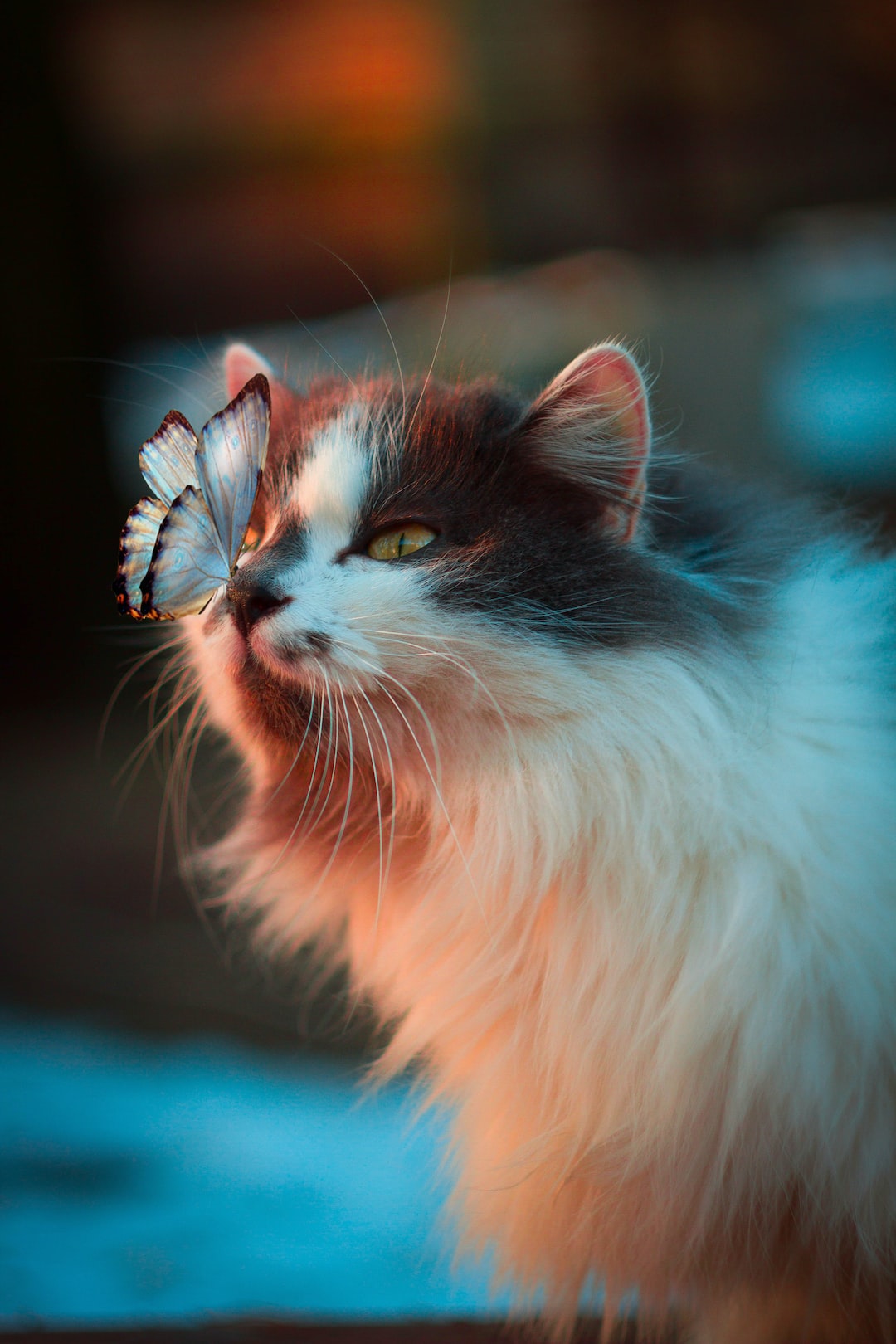The evolution of animal species from dinosaurs to today is a long and complex process that took millions of years to unfold. It involves countless changes and adaptations, often driven by shifting environmental conditions and external factors like global climate changes or catastrophic events.
The story of animal evolution begins with the emergence of life on earth, around 3.5 billion years ago. At that time, the planet was a hostile and barren place, with little oxygen and no complex organisms. It wasn’t until around 540 million years ago that the first multicellular organisms appeared, marking the start of the Cambrian explosion, a period of rapid diversification of life forms.
During the following geological eras, various groups of animals emerged and evolved, each filling up different ecological niches and adapting to different lifestyles. One of the most iconic groups of animals to emerge during this time were the dinosaurs, which dominated the earth for over 160 million years between the Triassic and Cretaceous periods. They came in all shapes and sizes, from tiny, fast-running predators to massive, long-necked herbivores.
But despite their impressive reign, the age of the dinosaurs eventually came to an abrupt end around 66 million years ago, when a massive asteroid impact caused widespread environmental devastation and mass extinction events. Nearly three-quarters of all animal species, including all non-avian dinosaurs, went extinct during this time, leaving the survivors to adapt and evolve into the world we know today.
After the extinction of the dinosaurs, a whole new chapter of animal evolution began. Mammals, which had been present since the early Mesozoic era, began to diversify and spread out, occupying new ecological niches and developing new adaptations such as fur, milk-producing glands, and complex brains. Meanwhile, birds, which had evolved from small theropod dinosaurs, started to fill the empty skies, evolving new wings, feathers, and specialized beaks.
Over time, animals continued to diversify and evolve in different ways, adapting to changing environmental conditions and to the presence of other species. Some gained new abilities, such as echolocation or venom production, while others grew in size or developed new hunting strategies. Some even went through periods of rapid diversification, leading to the emergence of large ecological groups such as insects or fish.
Today, there are around 8.7 million animal species on earth, each with its unique adaptations and ways of life. Some, like humans, have managed to shape their environment and adapt it to their needs, while others still struggle to survive in the face of habitat loss, climate change, or human activity.
Overall, the evolution of animal species from dinosaurs to today is a testament to the incredible resilience and adaptability of life on earth. Although many species have gone extinct over time, others have managed to survive and thrive, continuing to evolve and diversify along the way. As humans continue to explore and study the amazing diversity of life on our planet, we can only hope to learn more about the secrets of animal evolution and to better understand and appreciate the amazing world around us.
